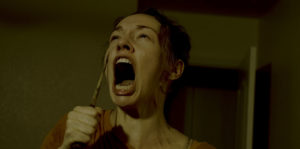
The therapeutic benefits of drugs and ghost stories are thoroughly explored in writer/director Neil McCay’s mind-bending Trip. Ally Larkin (Akasha Villalobos) no longer leaves the house after her teenage daughter’s brutal suicide. She has abandoned her successful career as a therapist and spends her days on liquor and pills. Instead of sleeping with her husband, Michael (Major Dodge), Ally sleeps in her daughter’s old room, surrounded by drawings of unicorns and lions.
One day a friend leaves a message on Ally’s answering machine about giving her contact info to a miracle-working psychologist specializing in grieving. Soon after, Ally is visited by Jan Rollins (Peggy Schott), who promises her that a radical drug treatment will allow her to see her daughter, Samantha (Jill Young), again. Jan gives Ally a bottle of tea brewed with a hallucinogenic flower, explaining that drinking some of it will open a conduit between this realm and the world of the dead.
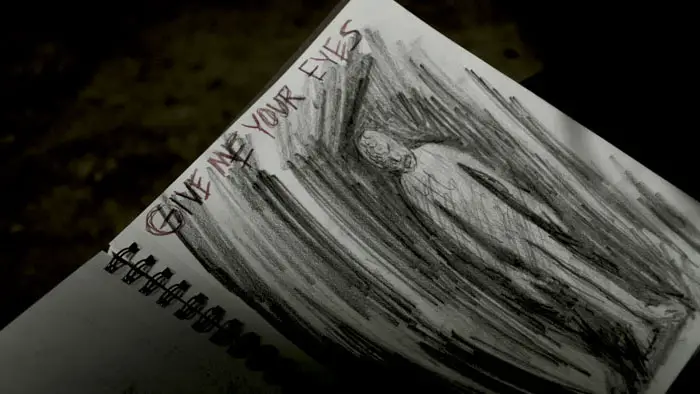
“…promises [Ally] that a radical drug treatment will allow her to see her daughter…”
Ally is skeptical but keeps the tea, eventually taking a sip. While flipping through Samantha’s sketchbooks, she comes across several drawings of strange figures: a shape wearing a cracked mask in the backyard, a boy with his mouth covered with scarves standing in a school hallway, and a horrible monster with a scarred face, screaming mouth, and no eyes. Then out of the corner of her eye, Ally sees Samantha walking outside. When she looks out the window, she sees the shape with the cracked mask in the backyard staring back at her. Desperate to see more of her daughter, she drinks more tea and sees stranger sights that match the drawings. But Jan becomes concerned as Ally keeps drinking more, and only a little is necessary to breach the barrier between the world of the living and the dead.
Trip gets right down to it, getting the story rolling right away. McCay’s swift pacing, accompanied by his excellent editing, engaged me completely. The agoraphobia Ally suffers from does an excellent job of covering up the shoestring budget by requiring the film to be shot in her house almost exclusively. While the evil drawings suggest the movie is a bargain-basement The Babadook, the horror flick comes off as a potent distillation of the elements in Inland Empire. The therapy sessions with Schott’s character resemble Grace Zabriskie’s mysterious visit to Laura Dern at the beginning of that David Lynch title. It is one of the strongest scenes in the whole thing, and the mechanics that made it work are replicated throughout McCay’s sophomore effort to great effect.
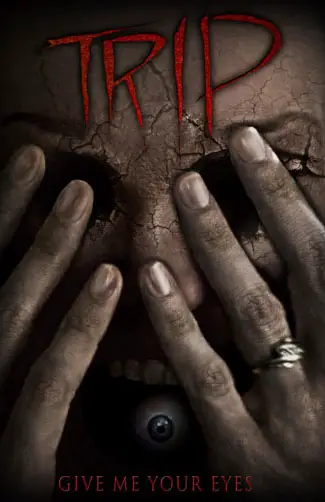
"…the special effects are well handled and satisfyingly bloody."
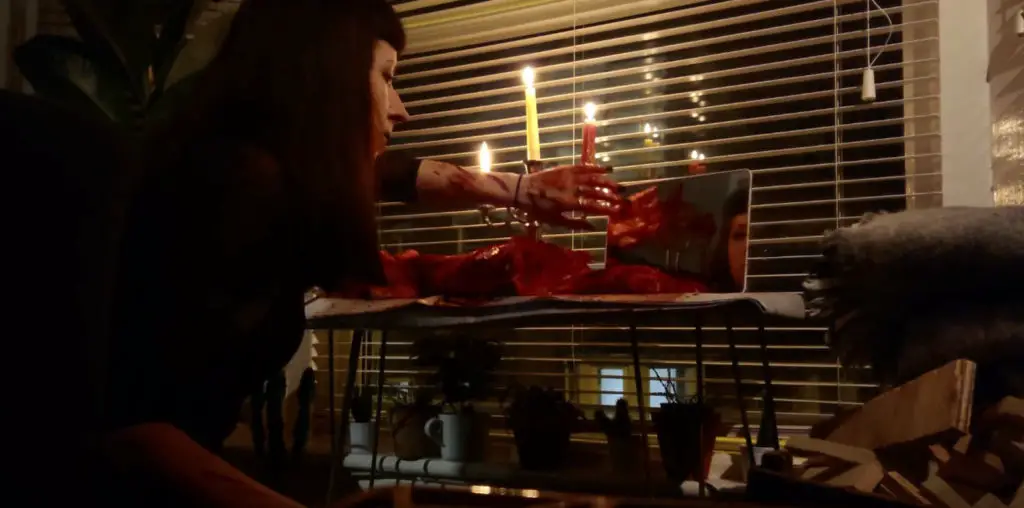
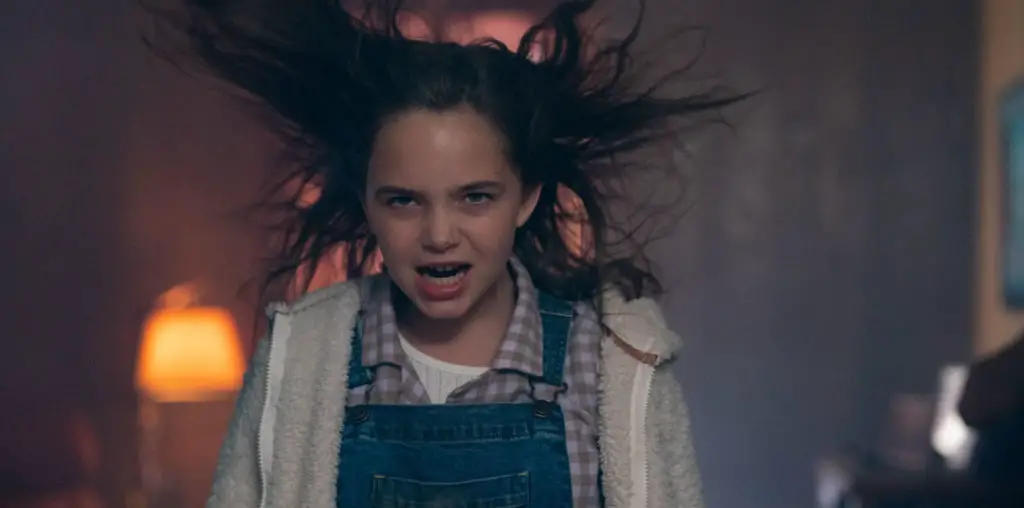
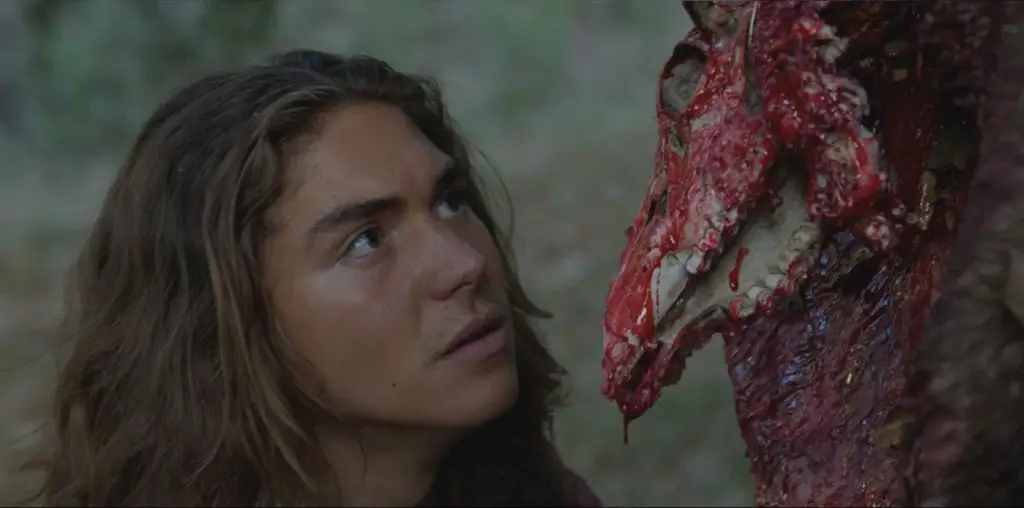
[…] Source link […]